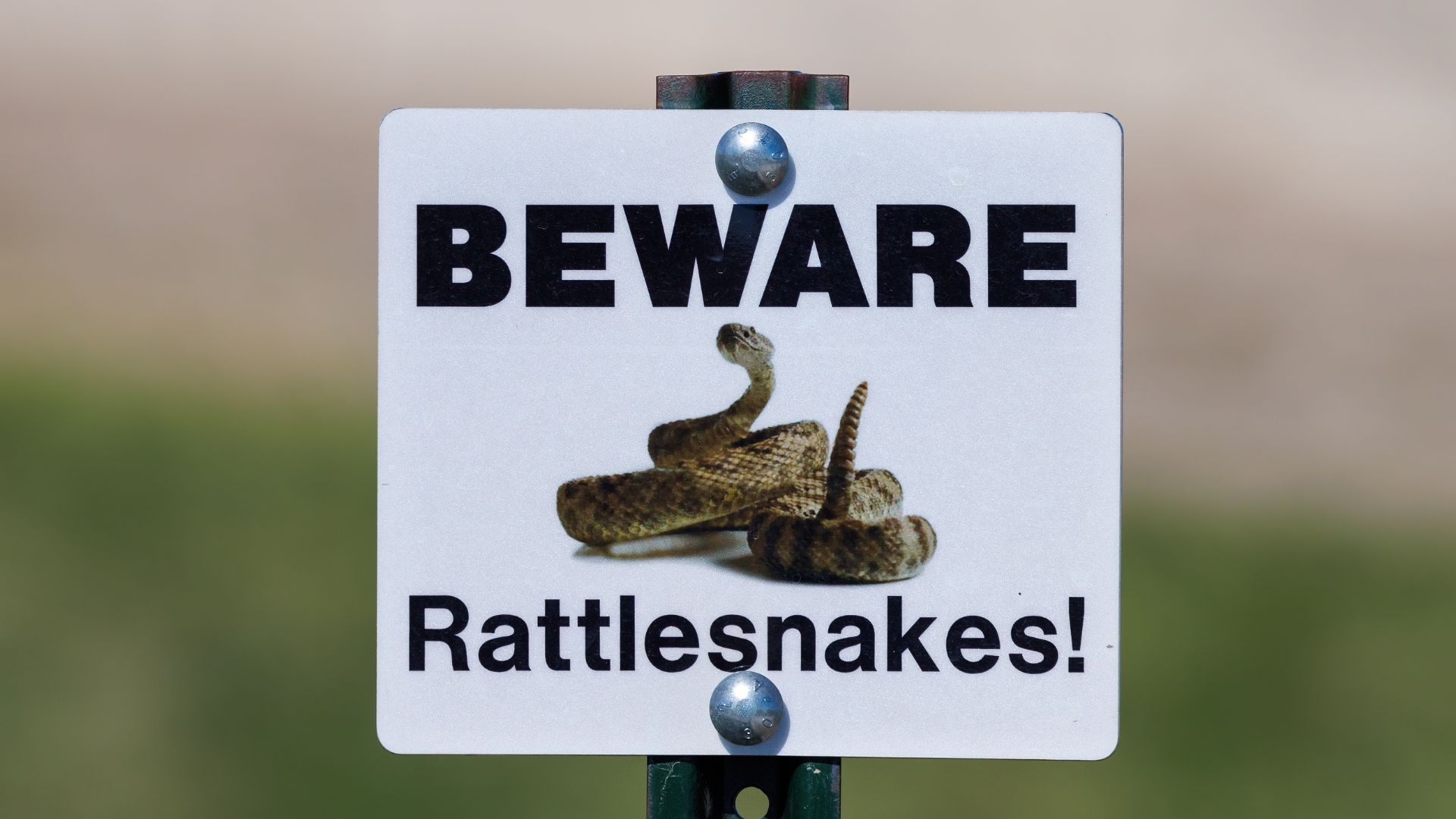Snake season is here

SHERIDAN — As summer temperatures arrive, so do snakes. It’s important for Wyoming residents to know what to do if they get bitten by a venomous snake.
Wyoming is home to only two venomous snakes: the prairie rattlesnake and the midget faded rattlesnake. (For comparison, Australia is home to 145 venomous snakes.)
Being bitten by a rattlesnake in Wyoming doesn’t guarantee death, but it is important to seek medical attention as soon as possible, Sugarland Walk-In Clinic Dr. Irving Robinson said.
“The rattlesnake venom is complicated stuff. It keeps your blood from clotting and it dissolves tissue. (If possible) you should elevate it and stay off of it so you’re not circulating a bunch of blood through that extremity,” Robinson said.
Applying ice and a minor tourniquet could help as well. The tall tale of sucking the venom out is not effective and could make things worse, Robinson said.
“It’s a total myth, and you could make things worse. If you injure the skin more it’s going to bleed even more. If you were to cut the tissue or suck on the tissue or do anything to it, you’re going to make it worse,” Robinson said. “You cannot extract the venom.”
Robinson has been working in Sheridan for 30 years — 23 of those years in the emergency room — and has seen fewer than 10 rattlesnake bites.
A snake bite patient typically receives a dose of anti-venom, and not every bite is lethal, Robinson said.
“First we would observe the bite to see if there are signs of whether or not it was venomous, because it could have been a dry bite. You can look at the puncture and see if there is any blood or bruising,” Robinson said.
If there are no signs of bruising, swelling or bleeding it could be a dry bite. But Robinson said he played it safe and tended to give the patient anti-venom while working in the ER.
Sheridan County School District 1 Board of Trustees Chairman Clint Krumm has spent a significant amount of time around rattlesnakes. Krumm has trained dogs to avoid snakes for more than 25 years.
Every year, Krumm catches rattlesnakes for the two-week dog training. Krumm is also a fly fishing guide and spends a lot of time on the BIg Horn River.
“About every year around this time, snakes will be crossing that river and every once in a while it’s a rattlesnake. When they’re going across 40 degree water, they get really cold and slow, so I net them with my fishing net and put them in a cooler until I get home,” Krumm said.
To prevent getting bitten, Krumm said he sutures the snake's mouth shut.
“When I get home I put the snake in the freezer for a half hour to 45 minutes, and that works as an anesthesia for the snake and chills it down enough for me to hold onto it while my wife puts six sutures in its mouth,” Krumm said. “And then I’ll keep it for two weeks and use it for training.”
Rattlesnakes can go without water or food for three weeks. Once the training is done, the sutures will be taken off and the snake is released back into the wild, Krumm said.
“For the training part, I hook the dogs up to a shock collar and a long rope. I turn them loose and bring them downwind of the snake, they’ll smell it and they run towards it. When the dog gets 10 to 15 feet away, the snake buzzes and many dogs will bend down to see what it is and they’ll get popped on the nose,” Krumm said. “That’s when they get a correction by the shock collar and then I’ll go around to the other side of the snake and ask the dog to come to me and it’s (training) done in three to five minutes.”
Unfortunately for pets, the rattlesnake vaccine will no longer exist. It recently lost its USDA license, Krumm said.
Rattlesnakes tend to like cool, shaded areas so it’s best for people and pets to avoid those areas and stay in the sun, Krumm added.
He recommends that anyone who gets bitten or whose pet has been bitten by a rattlesnake seek medical attention.
This story was published on June 2, 2025.






